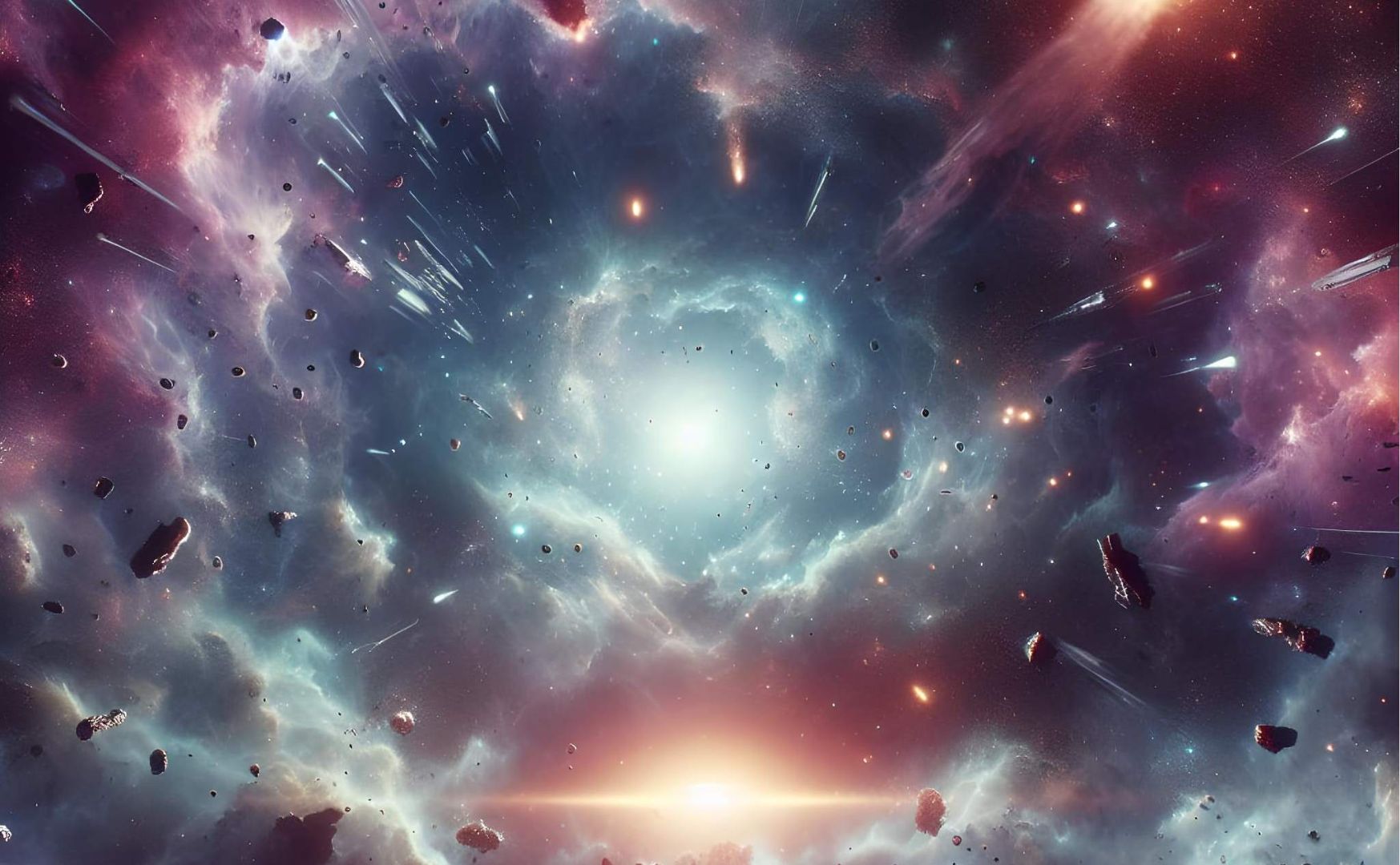:: COSMIC CHRONICLES ::
The Cosmic Chronicles are special episodes aim to present the rich Star Citizen Lore in a concise manner for those who may lack time or prefer not to read extensive texts. This episode exploring the 23rd Century from 2200 to the turn of the century in 2300. It is soon available to listen to on Spotify.
The 23rd century in Star Citizen’s lore is a remarkable period that showcases humanity’s unwavering determination to explore the wide reaches of space. This era is characterized by groundbreaking innovations, daring missions, and mysterious disappearances that have shaped the universe we know today. In this blog post, we’ll delve into the key events and discoveries that defined this pivotal century.
The Dawn of Interstellar Journeys
The century’s tale begins in 2214, a year that saw a monumental leap in our capabilities for space travel. Roberts Space Industries, a beacon of innovation in the field, unveiled a new version of the RSI engine that allowed travel at unprecedented speeds. This breakthrough propelled humanity into a new era of exploration within the confines of our solar system, ushering in a time of discovery and curiosity.
The Artemis: Mankind’s First Interstellar Starship
Yet, it was in 2232 that humanity’s ambition truly reached new heights with the launch of the Artemis, mankinds first interstellar starship. Piloted by Janus, an AI Core, and carrying thousands of volunteer colonists in stasis, the Artemis set its sights on [GJ 667Cc](GJ 667Cc), a journey emblematic of our dreams to expand beyond Earth. The disappearance of the Artemis shortly after venturing into the unknown has since clouded it in mystery and legend, a vivid reminder of the perils that accompany our quest for knowledge.
Enigmas in the Void: The Neso Triangle
As we forged ahead, the cosmos revealed its enigmatic nature through mysteries such as the disappearance of the RSI Zeus‐class ship ‘C‑6’ in 2255 and the subsequent vanishings within the Neso Triangle near Pluto in 2262. These incidents, reminiscent of Earth’s Bermuda Triangle, sparked a myriad of theories and speculations, further igniting human curiosity and determination to unravel the secrets of the universe.
The Discovery of Jump Points
The discovery of the first Jump Point by Nick Croshaw in 2271 marked a pivotal moment in human history. Croshaw’s groundbreaking journey through the Neso Triangle to the Croshaw system not only expanded our cartographic horizons but also established NavJumping, a profession that would become crucial to the future of space exploration. This discovery paved the way for the expansion into the Croshaw System, guided by the principles of the Freeman Act and the vision of a united humanity venturing into the cosmos together.
Expanding Our Reach: The Nul System
In the years that followed, humanity’s presence in the galaxy grew. The Nul system was discovered by NavJumper Antoine Lebec in 2290, its name borne out of a misunderstanding yet symbolizing the unpredictable nature of discovery. Despite the challenges posed by its central Cepheid star, Nul’s discovery underscored our insatiable curiosity and our resolve to push the boundaries of human exploration.
The 23rd century, with all its triumphs, tragedies, and mysteries, was a crucible in which the modern era of space exploration was forged. It was a time when stellar engineering bridged the gap between the stars, when jump points became gateways to new worlds, and when humanity, in its relentless quest for the unknown, took its first indelible steps into the interstellar void. As we look back on this epoch, we do so with a sense of pride and a continued drive to explore, to understand, and to dream.
As we commemorate this remarkable chapter in our history, we honour the pioneers who ventured into the great unknown and laid the foundation for the galaxy‐spanning civilisation we are today. The legacy of the 23rd century serves as a beacon for future generations, illuminating the path to the stars and beyond in the never‐ending odyssey of human exploration.
